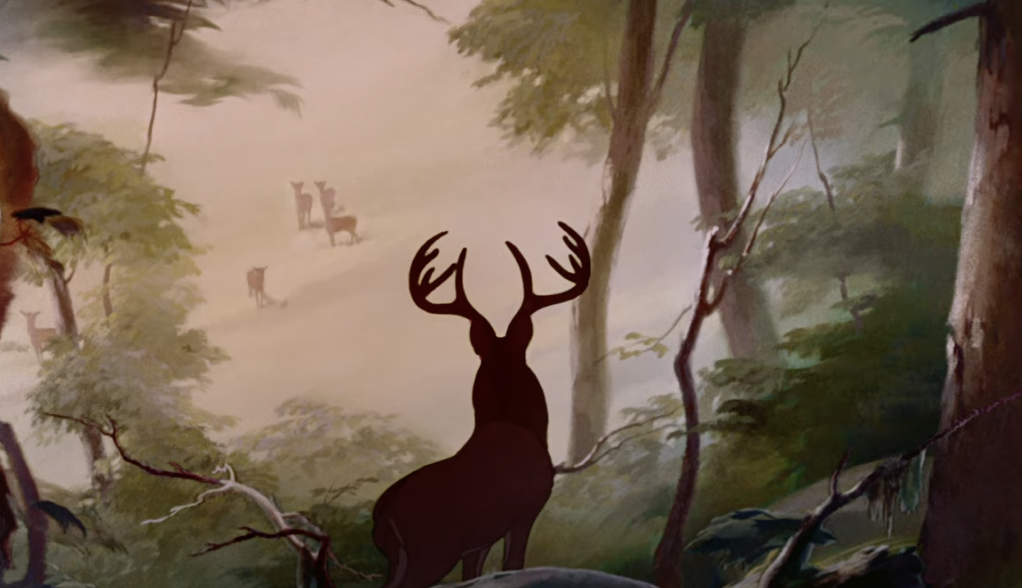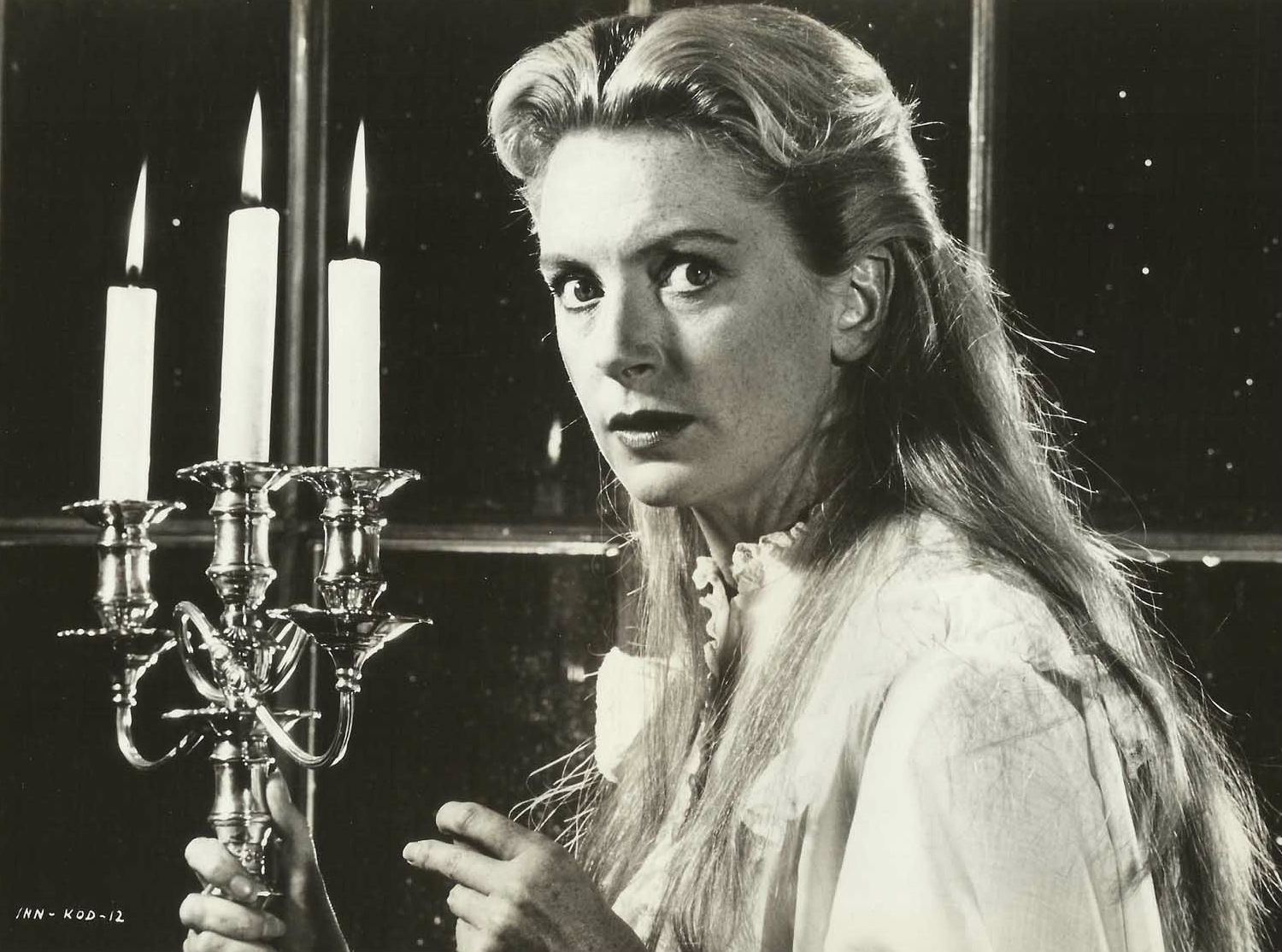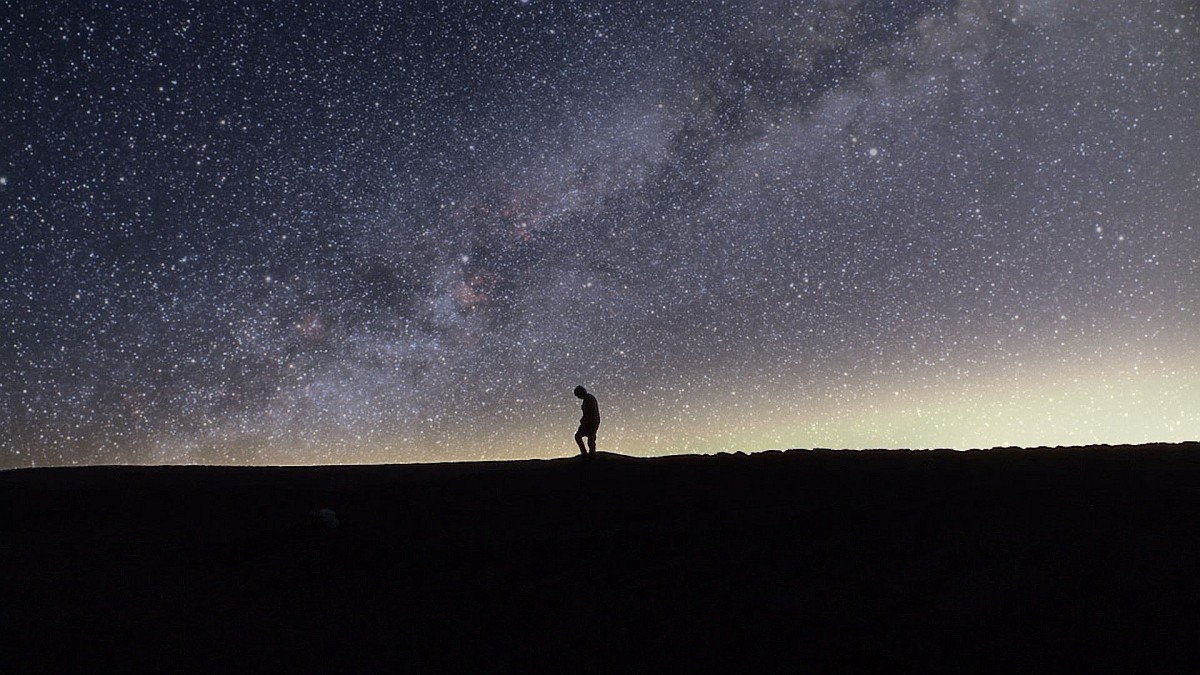Books & Culture
“A Ghost Story” is Haunted by Virginia Woolf
Taking a page from the Modernist writer, the film uses ghosts to examine time and loss
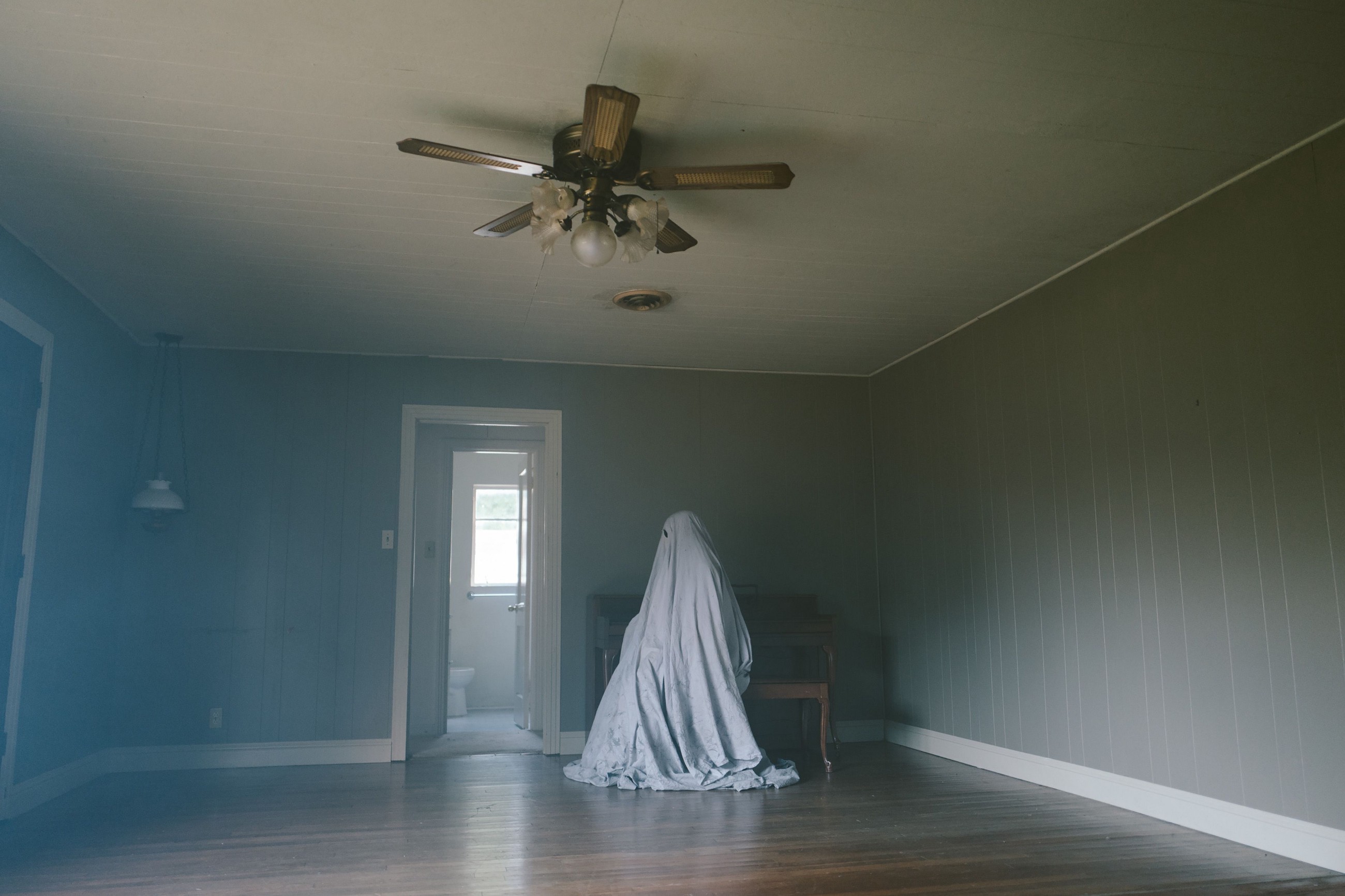
There’s a cheekiness to titling your film A Ghost Story. It’s as if writer-director David Lowery chose to forego coming up with an actual title, and instead left a subtitle to do all the heavy lifting. Then again, it hardly seems unintentional to give a simple generic moniker to the tale of a man who, after a deadly accident, elects not to follow the light and instead haunts the house that he once shared with his wife. The title’s bluntness ends up being visually replicated in the film itself, as the ghost of C (played by Casey Affleck) dons a white sheet, complete with two holes for eyes, which he’ll wear for much of the film. As it turns out, the film’s interest is not only in telling a ghost story, but in questioning just what a ghost story can be.
Reversing the usual framing of a haunted house narrative, Lowery’s film follows C as he watches the residents of his former house come and go. Affleck’s comparatively imposing build (he is five foot nine) makes his white sheet-attired ghost an incongruous figure that becomes, given both his stillness and the film’s penchant for long static shots, practically an architectural element of the house. He skulks in a corner while watching his wife (played by Rooney Mara) swallow her grief by eating an entire chocolate pie; he stands by the piano where he used to compose songs, while in the meantime parties rage on, families move in, and eventually, the house is demolished. The film is a quiet meditation on loss, though it achieves that feeling by making C’s permanence even more devastating than his mere death would.

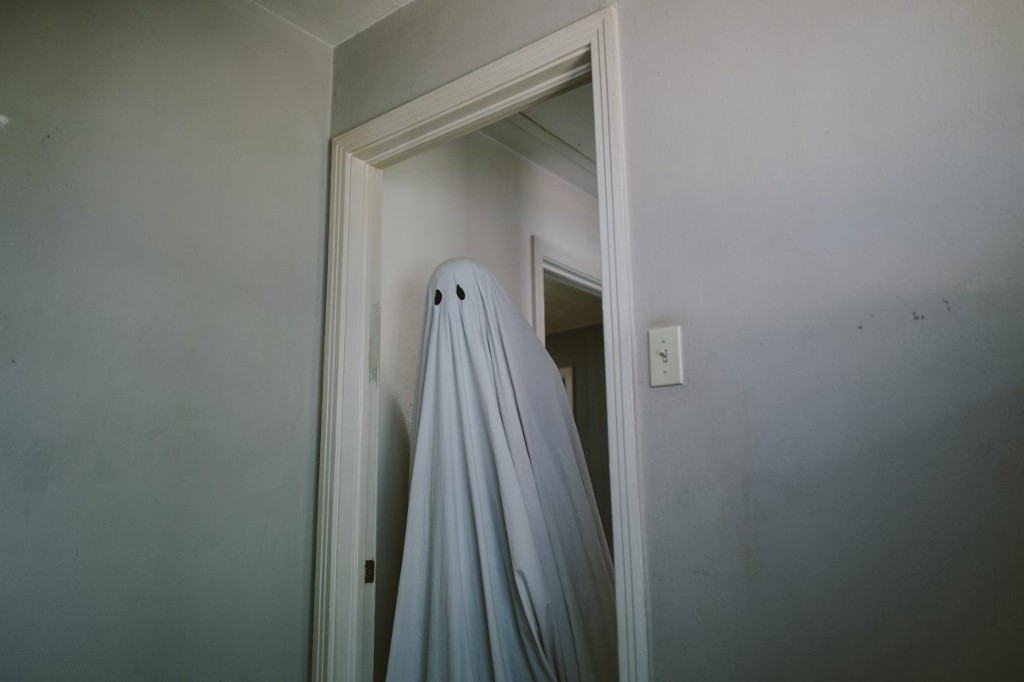
Our assumptions of what a ghost story can be are upturned when Lowery steers away from the genre’s more supernatural elements, and instead focuses on the tragedy of being a person who remains. A Ghost Story’s epigraph makes this even clearer, a line that will end up haunting and reframing what follows: “Whatever hour you woke, there was a door shutting.” This line’s second person address, as well as its recursive image, invites us to imagine a world in which ghostly specters are present all around us, constantly waiting to be noticed. Such is the scene that Virginia Woolf sets in “A Haunted House,” the 1921 short story from which Lowery has lifted his epigraph. As the director suggested at the Sundance Film Festival where the film premiered, Woolf is everywhere in A Ghost Story. Her writing “corresponds perfectly to my difficult-to-grasp perspectives on ghosts and specters and their relationship to life and time.”
Support Electric Lit: Become a Member!
Barely a few pages long, Woolf’s approach to the ghost story is to deconstruct it, with a narrator who knows that someone (a couple, as it turns out) is haunting her house. Woolf distills the genre to its very essence, unmooring the reader and narrator alike in otherwise familiar surroundings. As is the case elsewhere in her fiction her language is deceptively simple, yet she works carefully to destabilize the grasp one has on it. Take her opening lines:
Whatever hour you woke there was a door shutting. From room to room they went, hand in hand, lifting here, opening there, making sure — a ghostly couple.
“Here we left it,” she said. And he added, “Oh, but here too!” “It’s upstairs,” she murmured. “And in the garden,” he whispered “Quietly,” they said, “or we shall wake them.”
The focus of Woolf’s brief story is on the sheer mundanity of residing in a haunted house. Her narrator seems neither perplexed nor concerned by the presence of the ghostly couple; instead, she tracks their movements from garden to drawing room, up the stairs and into the bedroom, all the while trying to make sense of what they’re looking for. There is no mysticism, nor a desire to question (or explain away) the evidently supernatural. In fact, the final moments of the story put the ghosts’ concerns squarely in the realm of the living. What they are looking for is “the light in the heart” that they’ve glimpsed in the narrator herself, when she lays next to her husband in bed.

During his interview with critic David Ehrlich at Sundance, Lowery made clear that while he is an atheist who doesn’t believe in the afterlife, he does believe in ghosts. This mode, of the secular supernatural, is perhaps why he sees Woolf as a kindred spirit. After all, in novels such as Mrs. Dalloway the author, like her Modernist peers, made the individual the fulcrum of the narrative, a project at once indifferent and antithetical to a theological understanding of the world. The stories these writers were producing made palpable, in sociologist Max Weber’s words, “the disenchantment of the world.” Man had turned to look within. And when he did look outside himself, he turned not to the magic of religion, but the rational certainty of science.
Given their spiritual concerns, one might’ve expected that ghost stories as a form would disappear. They didn’t of course. But there still was, in Woolf’s eyes, a difference from the ghost-centered narratives that had come before. Discussing the use of the supernatural in Henry James’ fiction, she articulated what may well be the guiding principle behind Lowery’s tale. James’s ghosts, she wrote,
have their origin within us. They are present whenever the significant overflows our powers of expressing it; whenever the ordinary appears ringed by the strange. The baffling things that are left over, the frightening ones that persist — these are the emotions that he takes, embodies, makes consoling and companionable.
Injury by Proxy: Why “The Handmaid’s Tale” Is So Painful to Watch
The character of C in A Ghost Story is one such embodiment. The sense of his melancholy, which one gathers from his languid posture (given that Affleck’s facial gestures have been withheld), suffuses the film. In general the images have a poetic tone, forcing viewers to see the passing of time. Paint begins to chip. Metal rusts. Furniture decays and is soon destroyed. And yet throughout, C remains. He watches helplessly as the world turns around him, losing track of time himself. By the time the film temporally doubles and folds in on itself — as we watch C witness the prehistory of his house long before his death, until we are rewatching events we have already seen, with another ghost of C joining the one we’ve been following — the character comes to represent both what is left over and what still persists.

In all these stories — Lowery’s, Woolf’s, and James’s — ghosts are not just symbols or markers of grief. They are grief incarnate. Whenever Affleck walks through the house you can feel the weight of the sheets hanging off him, which only get dirtier as the film goes on. He may be invisible and untouchable to those he haunts, but to the audience watching, he is an embodied and encumbered presence throughout. We might not be able to see his face, nor read his reactions to what he sees as he becomes untethered from time. But the film nonetheless manages to locate, in that personified blankness, the sense of melancholy which pervades his entire being. And it’s here that the ambiguity of the film’s title ultimately pays off. This isn’t just a ghost story, nor a story about a ghost. It’s a narrative that is both concrete and ethereal. A story that will linger longer than you’d like.





